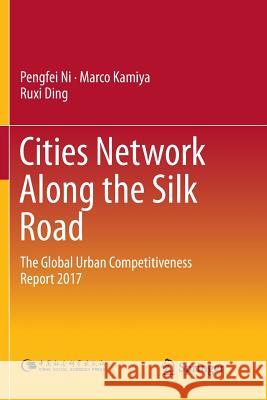Cities Network Along the Silk Road: The Global Urban Competitiveness Report 2017 » książka
topmenu
Cities Network Along the Silk Road: The Global Urban Competitiveness Report 2017
ISBN-13: 9789811352430 / Angielski / Miękka / 2018 / 302 str.
Kategorie:
Kategorie BISAC:
Wydawca:
Springer
Język:
Angielski
ISBN-13:
9789811352430
Rok wydania:
2018
Wydanie:
Softcover Repri
Ilość stron:
302
Waga:
0.46 kg
Wymiary:
23.39 x 15.6 x 1.75
Oprawa:
Miękka
Wolumenów:
01
Dodatkowe informacje:
Wydanie ilustrowane











